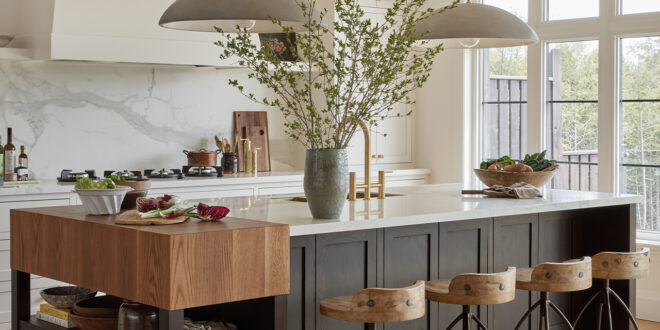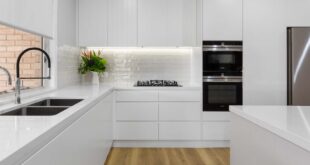Designing the Heart of Your Home: A Deep Dive into House Kitchen Design
The kitchen. It’s more than just a room for cooking; it’s the heart of the home. It’s where families gather, meals are shared, memories are made, and the aroma of freshly baked cookies fills the air. Designing a kitchen that is both functional and beautiful is a delicate balance, a blend of aesthetics and practicality. A well-designed kitchen not only enhances your cooking experience but also adds significant value to your home. From choosing the right layout to selecting the perfect finishes, every detail plays a crucial role in creating your dream culinary space. This comprehensive guide will navigate you through the intricacies of house kitchen design, covering everything from essential layouts and material choices to innovative trends and sustainable practices. Get ready to transform your kitchen into a space that truly reflects your lifestyle and personality.

Understanding Your Needs and Lifestyle
Before even considering countertops or cabinets, the first step in kitchen design is to understand your needs and lifestyle. Ask yourself: how do you really use your kitchen? Are you a gourmet chef who needs ample counter space and professional-grade appliances? Or is it a casual space for quick meals and social gatherings? Do you have a large family that requires a spacious island for homework and snacking? Answering these questions will help you prioritize your design choices and ensure that your kitchen truly caters to your daily routines. Consider factors like the number of people who typically use the kitchen at the same time, the types of meals you prepare most often, and any specific accessibility needs you may have.
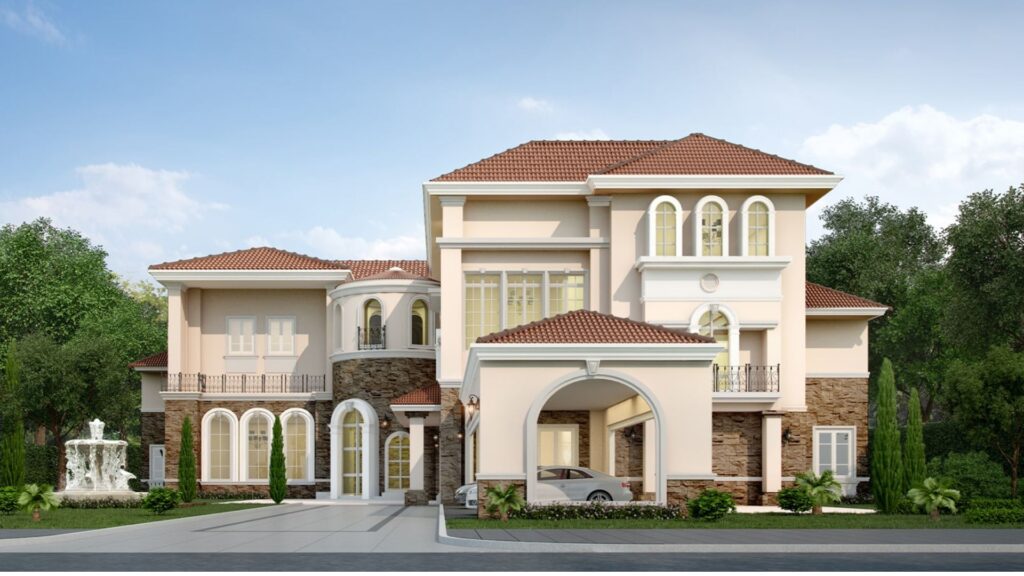
Think about your current kitchen’s shortcomings. What frustrates you? What do you wish you had? Make a list of “must-haves” and “nice-to-haves” to guide your design decisions. This will help you stay focused on what’s truly important and avoid getting sidetracked by fleeting trends. Remember, your kitchen should be a reflection of your personal style and a functional space that makes your life easier.
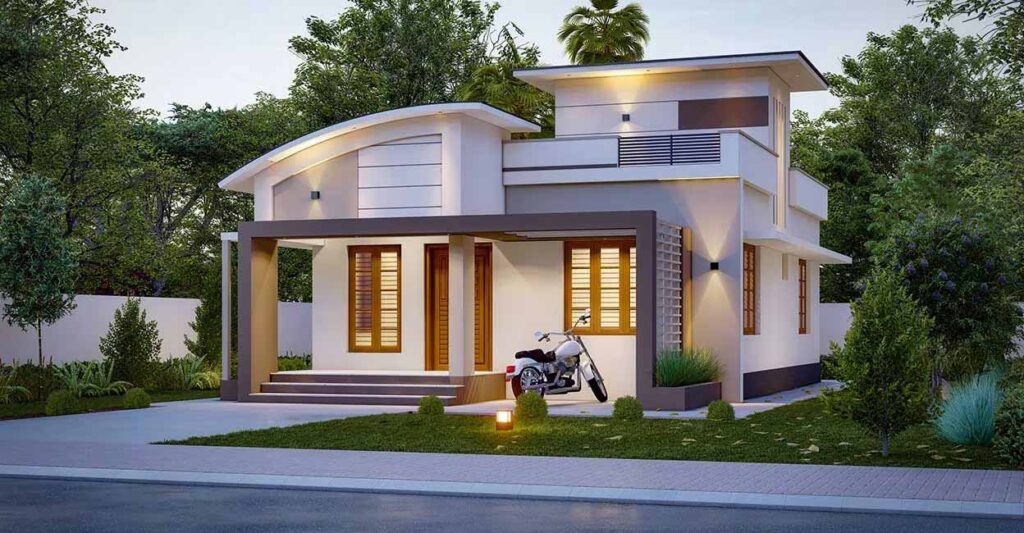
Exploring Essential Kitchen Layouts
The layout of your kitchen is the foundation upon which all other design elements are built. The optimal layout maximizes efficiency, minimizes wasted space, and creates a comfortable flow for cooking and socializing. Several classic kitchen layouts have proven their worth over time, each with its own strengths and weaknesses. Let’s explore some of the most popular options:
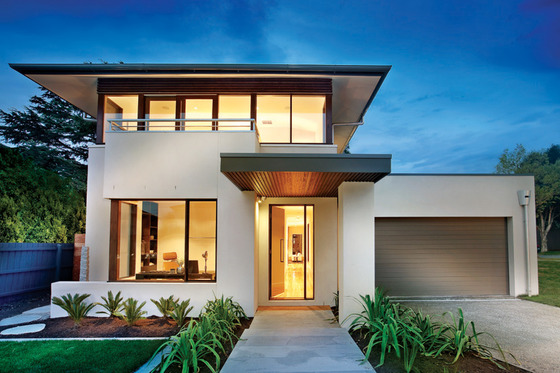
- The One-Wall Kitchen: Ideal for small apartments or studios, the one-wall kitchen consolidates all appliances and work areas along a single wall. This layout is simple and space-saving, but it can feel cramped if not well-organized.
- The Galley Kitchen: Also known as a corridor kitchen, the galley layout features two parallel runs of cabinets and countertops. This layout is efficient for cooking, as everything is within easy reach, but it can feel narrow and isolating if the space is too tight.
- The L-Shaped Kitchen: A versatile layout that works well in both small and medium-sized spaces, the L-shaped kitchen features two perpendicular runs of cabinets and countertops. This layout provides ample counter space and storage, and it can easily accommodate a small dining area.
- The U-Shaped Kitchen: Offering maximum counter space and storage, the U-shaped kitchen wraps around three walls. This layout is ideal for serious cooks who need plenty of room to spread out, but it requires a larger space.
- The Island Kitchen: An island is a freestanding cabinet unit that adds extra counter space, storage, and seating to a kitchen. Islands are popular in larger kitchens and can be customized to suit your specific needs.
Consider the “kitchen work triangle” when planning your layout. This concept emphasizes the optimal positioning of the sink, refrigerator, and stove to minimize steps and maximize efficiency. The ideal work triangle has a perimeter of between 13 and 26 feet, with each leg measuring between 4 and 9 feet.
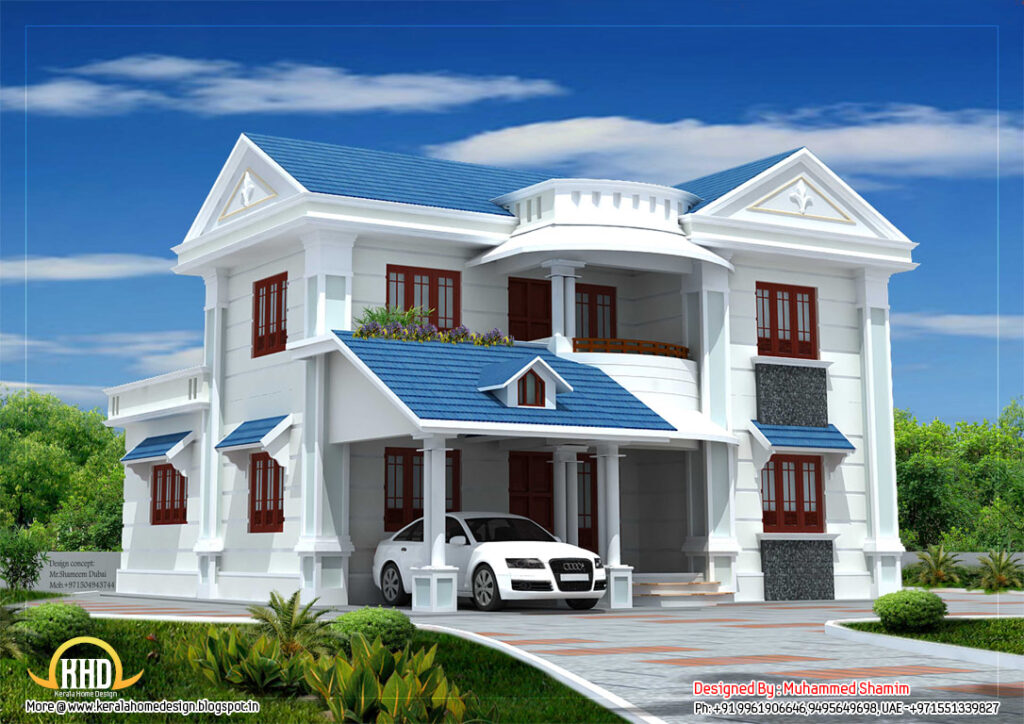
Selecting the Right Materials and Finishes
The materials and finishes you choose for your kitchen will not only affect its appearance but also its durability and maintenance. Choosing the right materials is an investment that will pay off in the long run, both in terms of aesthetics and functionality. Here’s a breakdown of some popular options:
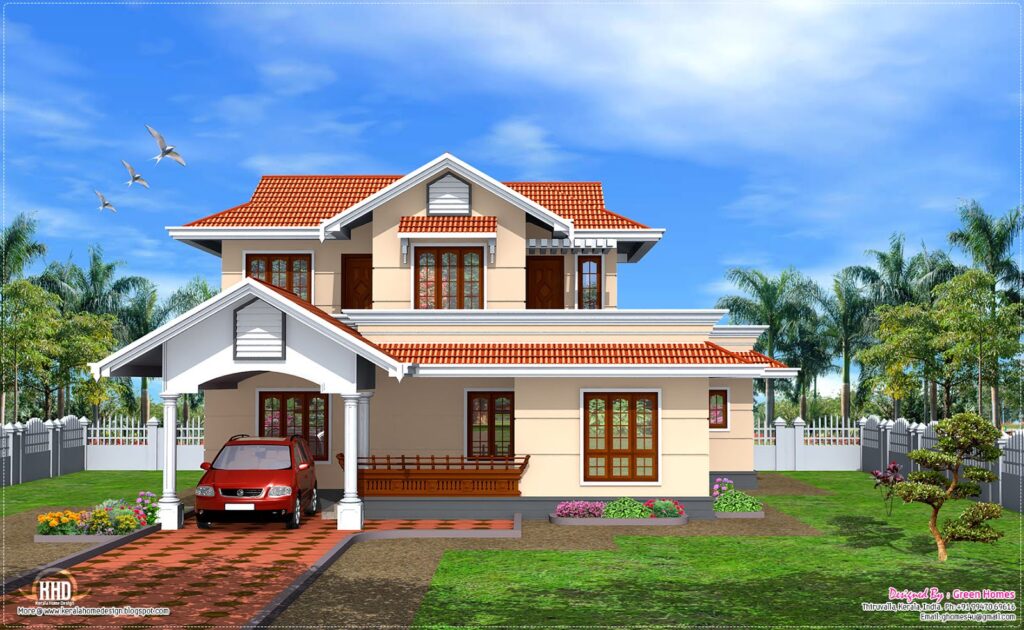
Countertops
- Granite: A classic choice for countertops, granite is durable, heat-resistant, and available in a wide range of colors and patterns. However, it can be expensive and requires sealing to prevent staining.
- Quartz: Engineered from natural quartz crystals and resin, quartz countertops are non-porous, stain-resistant, and low-maintenance. They are also available in a variety of colors and patterns, including options that mimic the look of natural stone.
- Marble: Known for its elegant veining and luxurious appearance, marble is a popular choice for countertops. However, it is more porous than granite or quartz and can be easily scratched or stained.
- Butcher Block: A warm and inviting option, butcher block countertops are made from solid wood. They are durable and can be easily refinished, but they require regular oiling to prevent cracking and warping.
- Laminate: An affordable and versatile option, laminate countertops are made from layers of plastic bonded to a particleboard core. They are available in a wide range of colors and patterns, but they are not as durable as other materials.
Cabinets
- Wood: A timeless choice for cabinets, wood offers warmth, beauty, and durability. Popular wood species include maple, oak, cherry, and walnut.
- Plywood: A cost-effective alternative to solid wood, plywood cabinets are strong and stable. They can be painted or stained to match your desired aesthetic.
- MDF (Medium-Density Fiberboard): A smooth and stable material, MDF is ideal for painted cabinets. It is less expensive than solid wood or plywood, but it is not as resistant to moisture.
- Laminate: Laminate cabinets are durable, easy to clean, and available in a wide range of colors and styles.
Flooring
- Tile: A durable and water-resistant option, tile is ideal for kitchens. Porcelain tile is particularly popular due to its strength and low maintenance.
- Hardwood: Adds warmth and elegance to a kitchen, but it is more susceptible to water damage than tile.
- Vinyl: An affordable and water-resistant option, vinyl flooring is available in a variety of styles and patterns.
- Laminate: Similar to laminate countertops, laminate flooring is durable, easy to clean, and available in a wide range of styles.
Illuminating Your Culinary Space: Lighting Design
Often overlooked, lighting plays a vital role in the functionality and ambiance of your kitchen. A well-lit kitchen is not only safer and more efficient but also more inviting and enjoyable to spend time in. Consider a layered approach to lighting, incorporating a combination of ambient, task, and accent lighting.
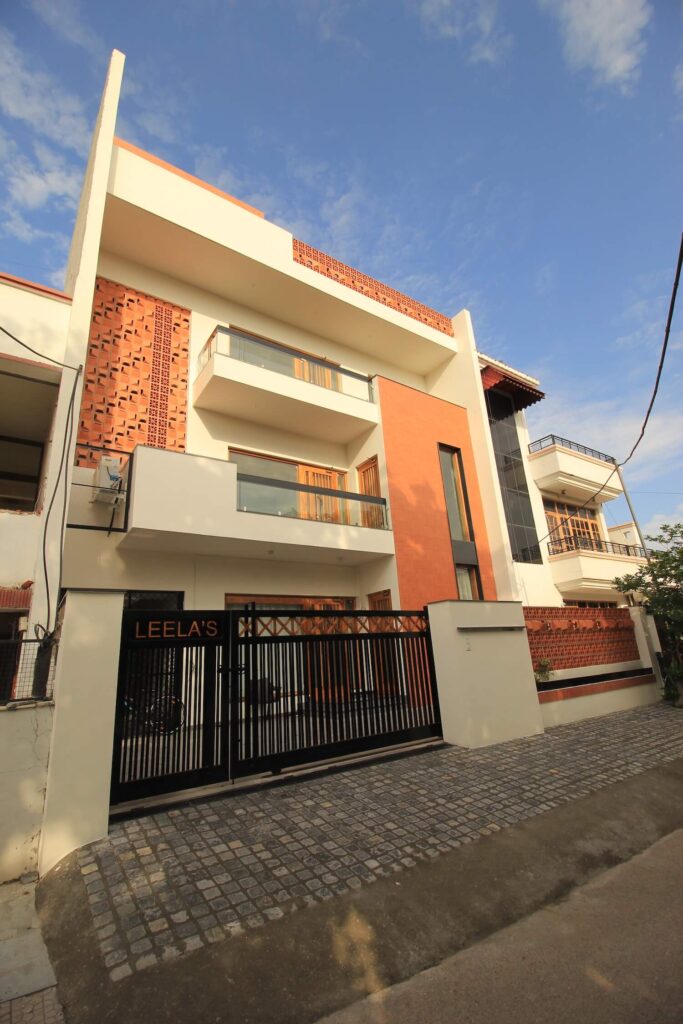
- Ambient Lighting: Provides overall illumination for the kitchen. Recessed lighting, chandeliers, and pendant lights are all popular options for ambient lighting.
- Task Lighting: Illuminates specific work areas, such as countertops, sinks, and stoves. Under-cabinet lighting, pendant lights over islands, and spotlights are all effective forms of task lighting.
- Accent Lighting: Highlights architectural features or decorative elements in the kitchen. Track lighting, spotlights, and LED strip lights are all great for accent lighting.
Consider the color temperature of your light bulbs. Warm light (2700-3000K) creates a cozy and inviting atmosphere, while cool light (4000-5000K) is brighter and more energizing. Choose light bulbs with a high CRI (Color Rendering Index) to ensure that colors appear accurately.
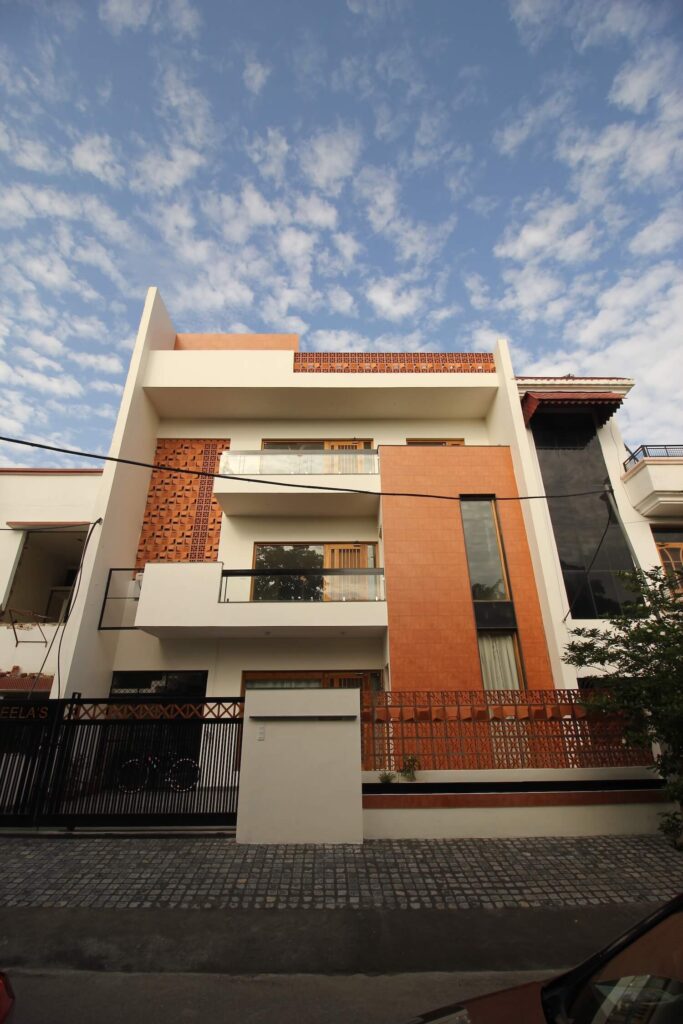
Embracing Innovation: Modern Kitchen Trends
The world of kitchen design is constantly evolving, with new trends and innovations emerging all the time. While it’s important to choose a design that reflects your personal style, staying informed about the latest trends can help you create a kitchen that is both modern and functional.
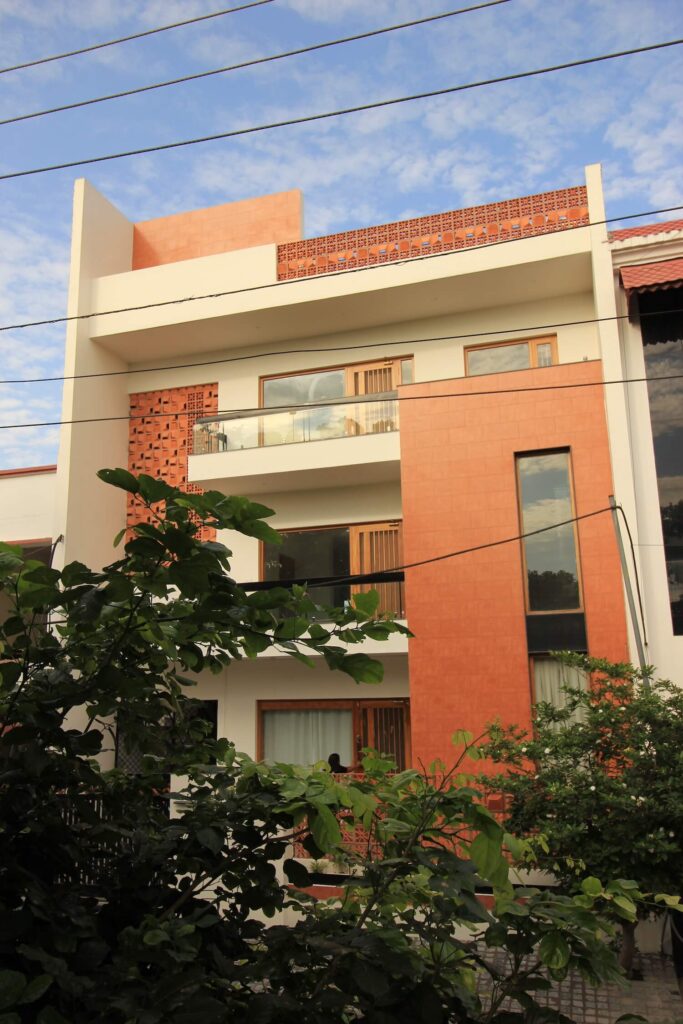
- Smart Kitchens: Integrating technology into your kitchen can make your life easier and more efficient. Smart appliances, voice-controlled lighting, and touchless faucets are just a few examples of the possibilities.
- Minimalist Design: Characterized by clean lines, simple forms, and a focus on functionality, minimalist kitchens are becoming increasingly popular.
- Open Shelving: Replacing upper cabinets with open shelving can create a more airy and spacious feel in the kitchen.
- Bold Colors and Patterns: Injecting personality into your kitchen with bold colors and patterns is a great way to make it stand out.
- Natural Materials: Using natural materials like wood, stone, and concrete can add warmth and texture to your kitchen.
Sustainable Kitchen Design: Eco-Friendly Choices
Designing a sustainable kitchen is not only good for the environment but also good for your health and your wallet. Choosing eco-friendly materials and appliances can reduce your carbon footprint and save you money on energy and water bills.
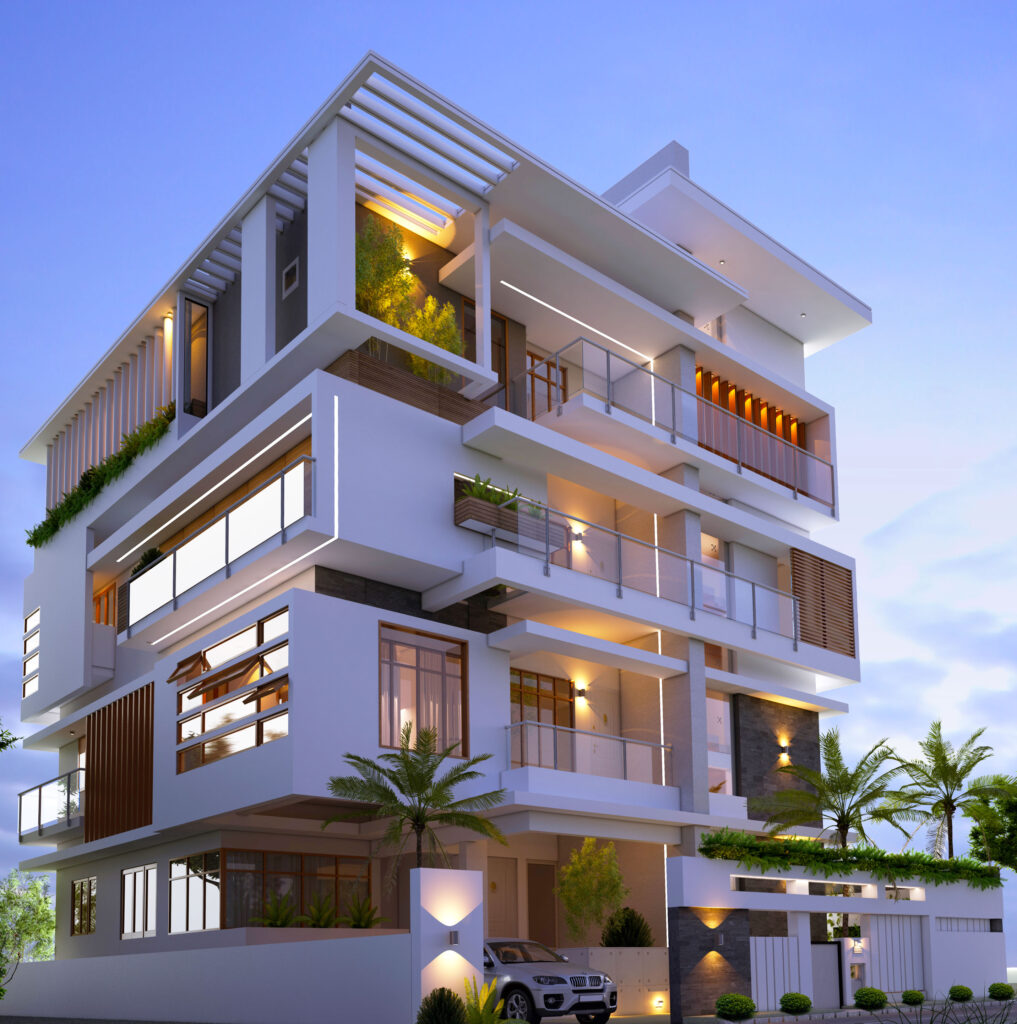
- Energy-Efficient Appliances: Look for appliances with the Energy Star label, which indicates that they meet strict energy efficiency standards.
- Water-Saving Fixtures: Install low-flow faucets and showerheads to conserve water.
- Recycled Materials: Choose countertops, cabinets, and flooring made from recycled materials.
- Sustainable Wood: Look for wood that is certified by the Forest Stewardship Council (FSC), which ensures that it comes from responsibly managed forests.
- Low-VOC Paints and Finishes: Choose paints and finishes with low levels of volatile organic compounds (VOCs) to improve indoor air quality.
The Importance of Professional Help
While it’s possible to design a kitchen yourself, working with a professional kitchen designer can save you time, money, and headaches. A professional designer can help you create a functional and beautiful kitchen that meets your specific needs and budget. They can also help you navigate the complexities of construction and ensure that your project is completed on time and within budget. Even if you have a clear vision for your kitchen, a designer can offer valuable insights and suggestions that you may not have considered.
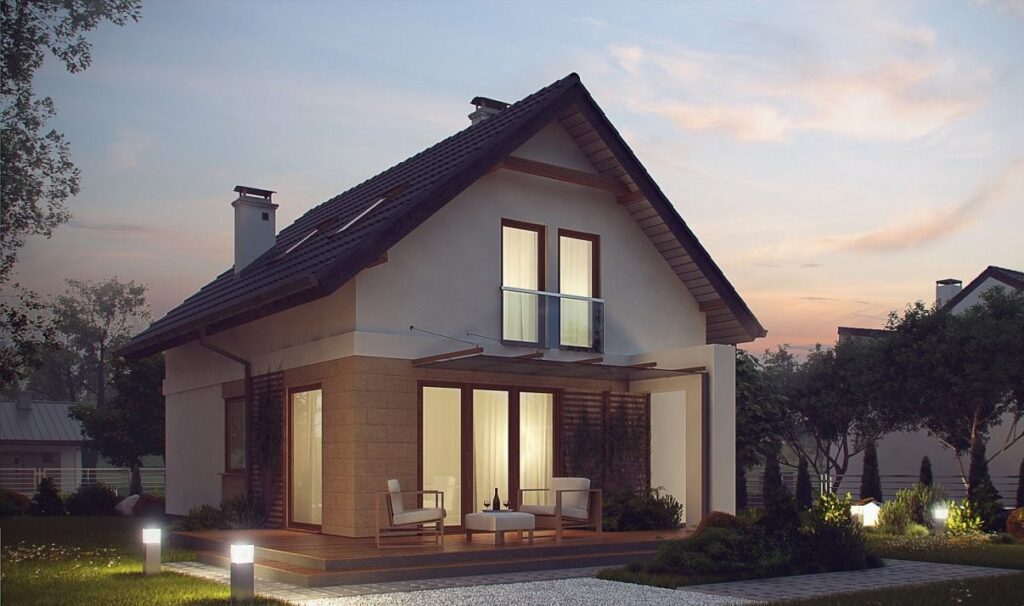
Budgeting for Your Kitchen Renovation
Before you start your kitchen renovation, it’s important to establish a realistic budget. Kitchen renovations can be expensive, but careful planning can help you stay within your means. Get quotes from multiple contractors and suppliers, and be prepared to make compromises if necessary. Consider prioritizing the elements that are most important to you, such as high-quality appliances or durable countertops. Don’t forget to factor in unexpected costs, such as plumbing or electrical work. A good rule of thumb is to add 10-15% to your budget to cover unforeseen expenses. Remember, it’s better to be prepared than to run out of money halfway through the project.
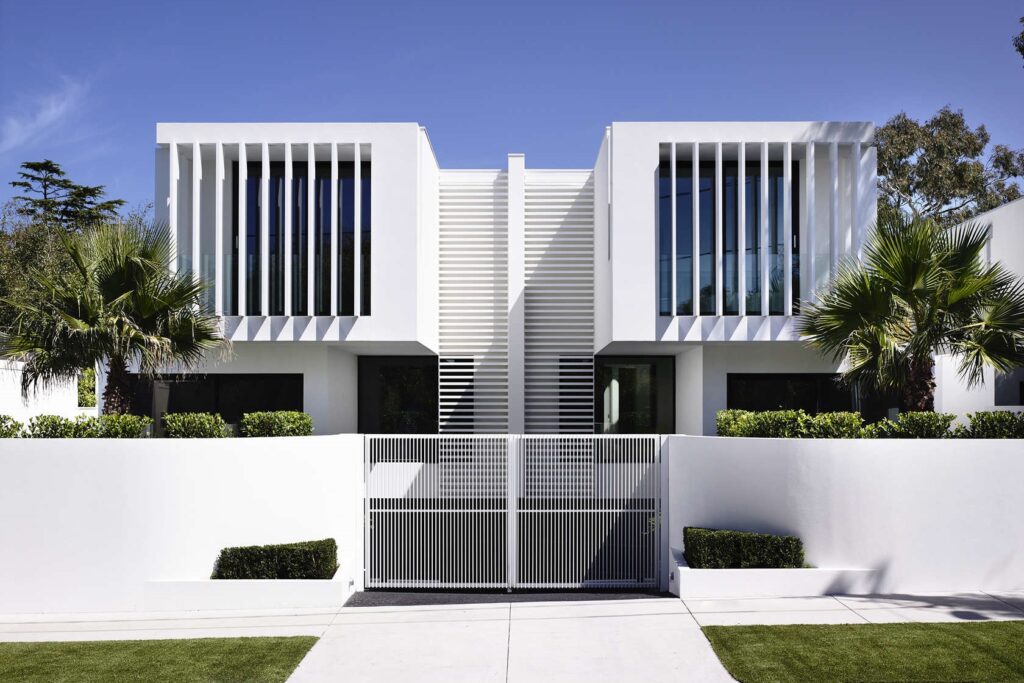
Adding Personal Touches: Making it Your Own
Ultimately, your kitchen should be a reflection of your personal style and taste. Don’t be afraid to add personal touches that make it feel like your own. Display your favorite cookbooks, hang artwork that you love, and incorporate decorative accessories that reflect your personality. These small details can make a big difference in the overall feel of your kitchen, transforming it from a functional space into a warm and inviting haven.
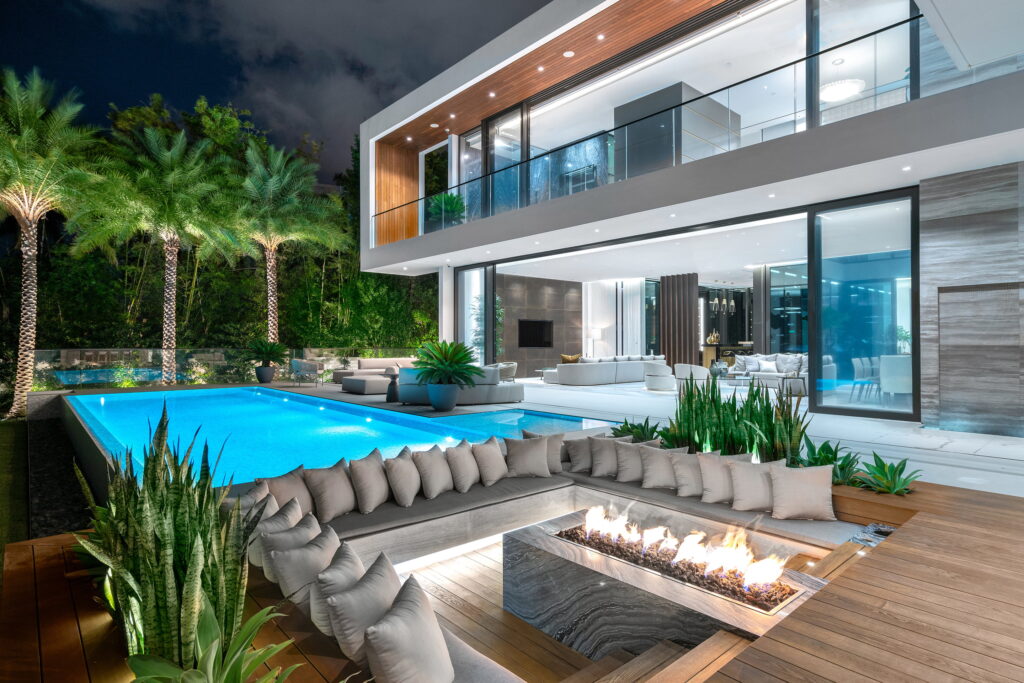
Beyond the Basics: Kitchen Islands and Peninsulas
Kitchen islands and peninsulas are more than just extra counter space; they’re multifunctional hubs that can transform the way you use your kitchen. They can serve as a breakfast bar, a homework station, a buffet serving area, or even a second prep space for multiple cooks. When planning your island or peninsula, consider its size, shape, and placement carefully. Make sure it doesn’t obstruct the flow of traffic in the kitchen, and that it’s easily accessible from all work areas.
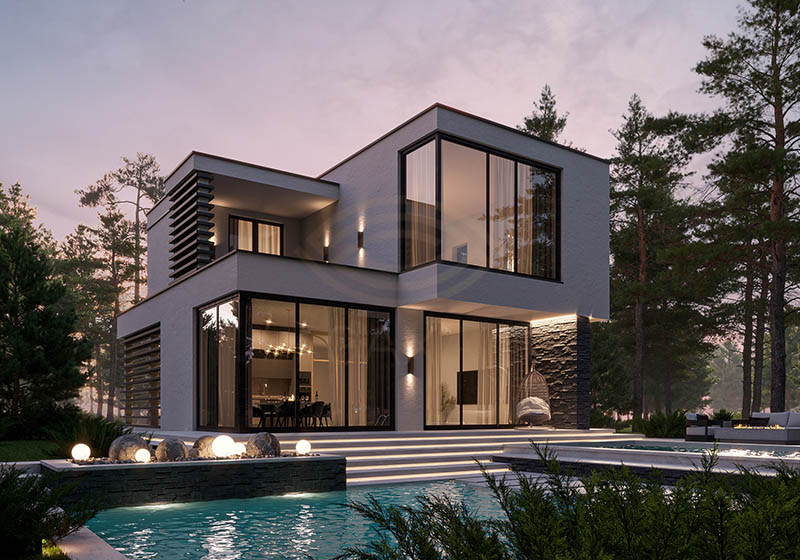
Consider incorporating storage into your island or peninsula, such as drawers, cabinets, or open shelving. This can help you keep your kitchen organized and clutter-free. You can also add appliances, such as a second sink, a dishwasher, or a wine cooler. These additions can make your island or peninsula even more functional and convenient.
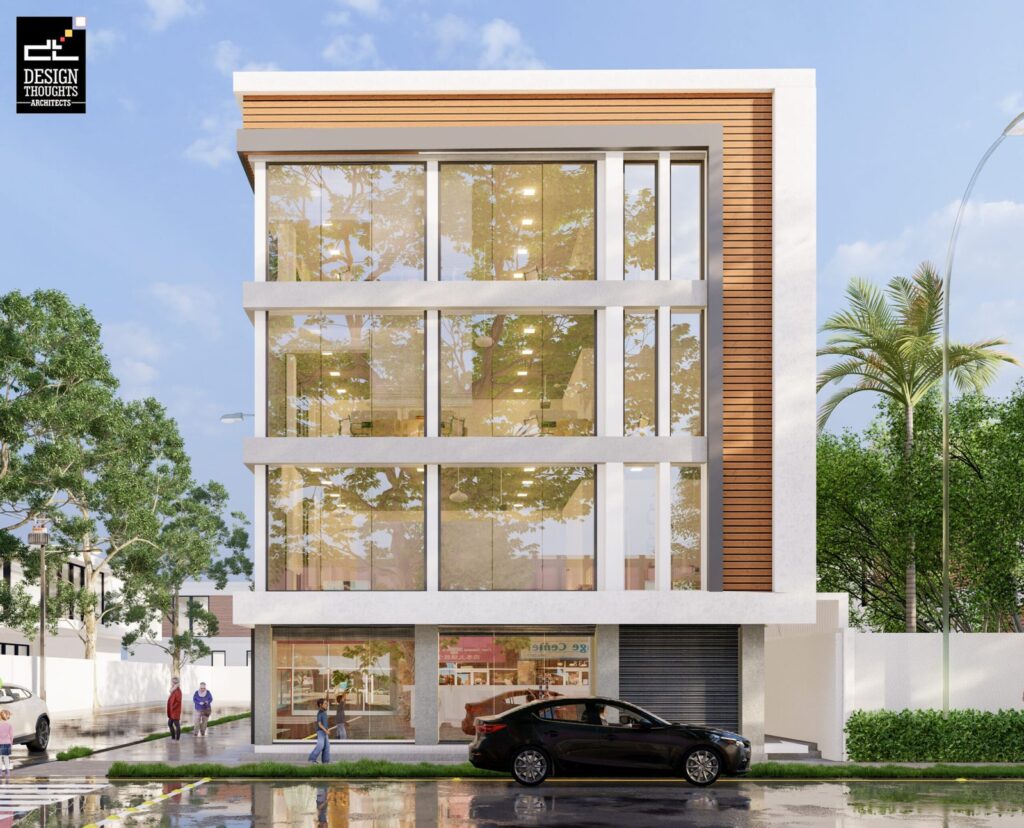
Maximizing Storage: Clever Solutions for Every Kitchen
Storage is crucial in any kitchen, no matter its size. Maximizing storage space can help you keep your kitchen organized, clutter-free, and efficient. Consider incorporating a variety of storage solutions, such as pull-out shelves, drawer dividers, and spice racks. These clever additions can help you make the most of every inch of space.
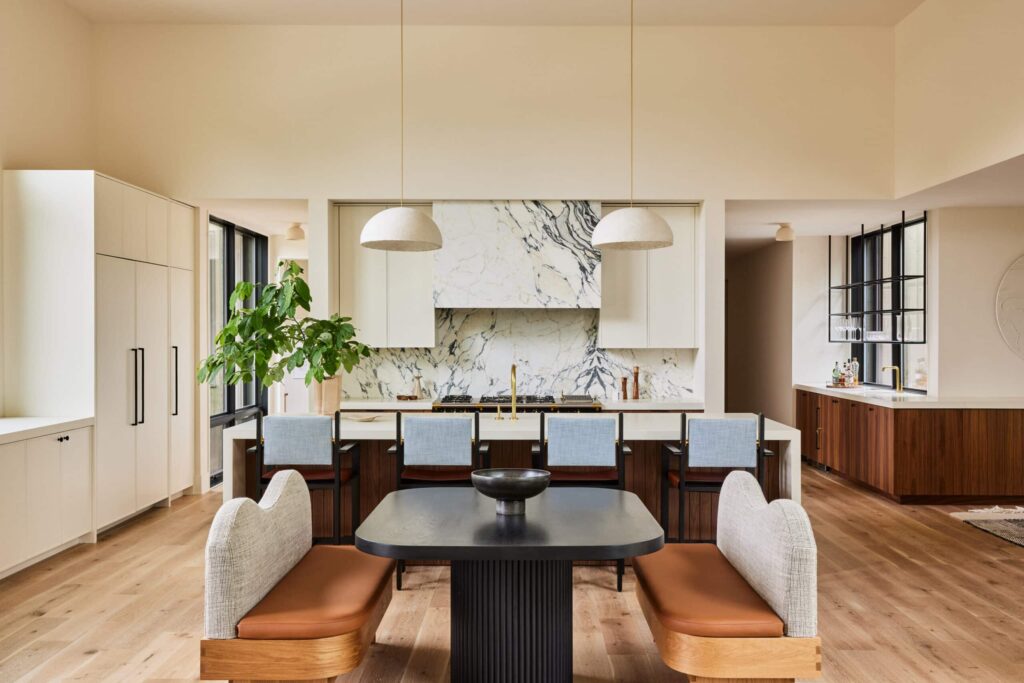
Think vertically! Tall cabinets that reach the ceiling can provide ample storage for items that you don’t use often. You can also install shelves above your refrigerator or oven to store cookbooks or decorative items. Don’t forget about the space under your sink; this is a great place to store cleaning supplies.
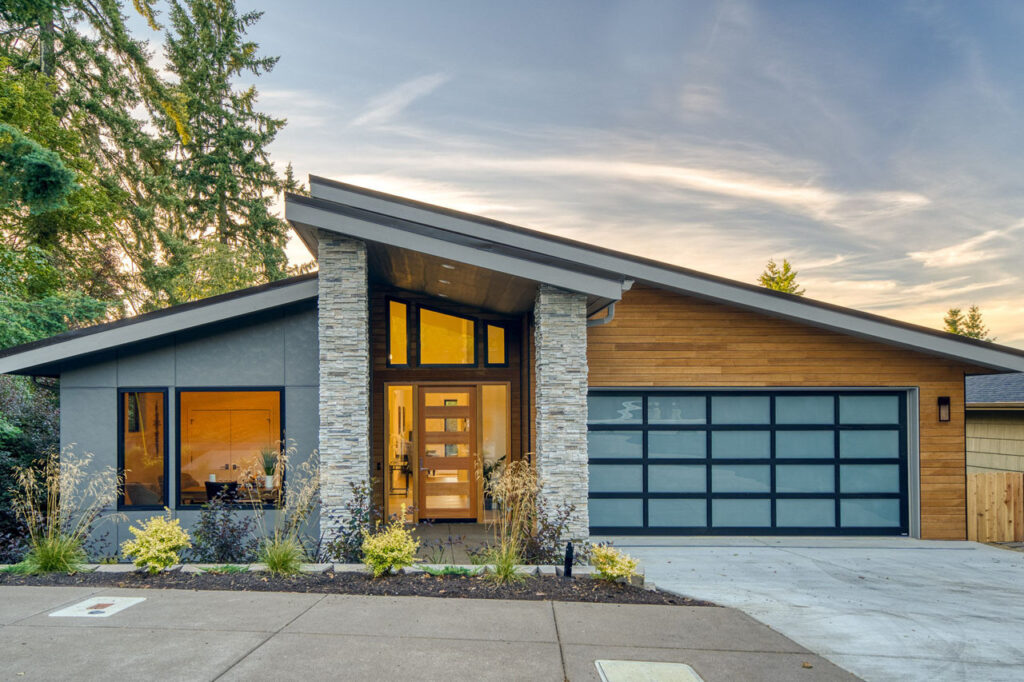
The Finishing Touches: Hardware, Backsplashes, and More
The finishing touches can make all the difference in the overall look and feel of your kitchen. Hardware, backsplashes, and other details can add personality, style, and functionality to your space.
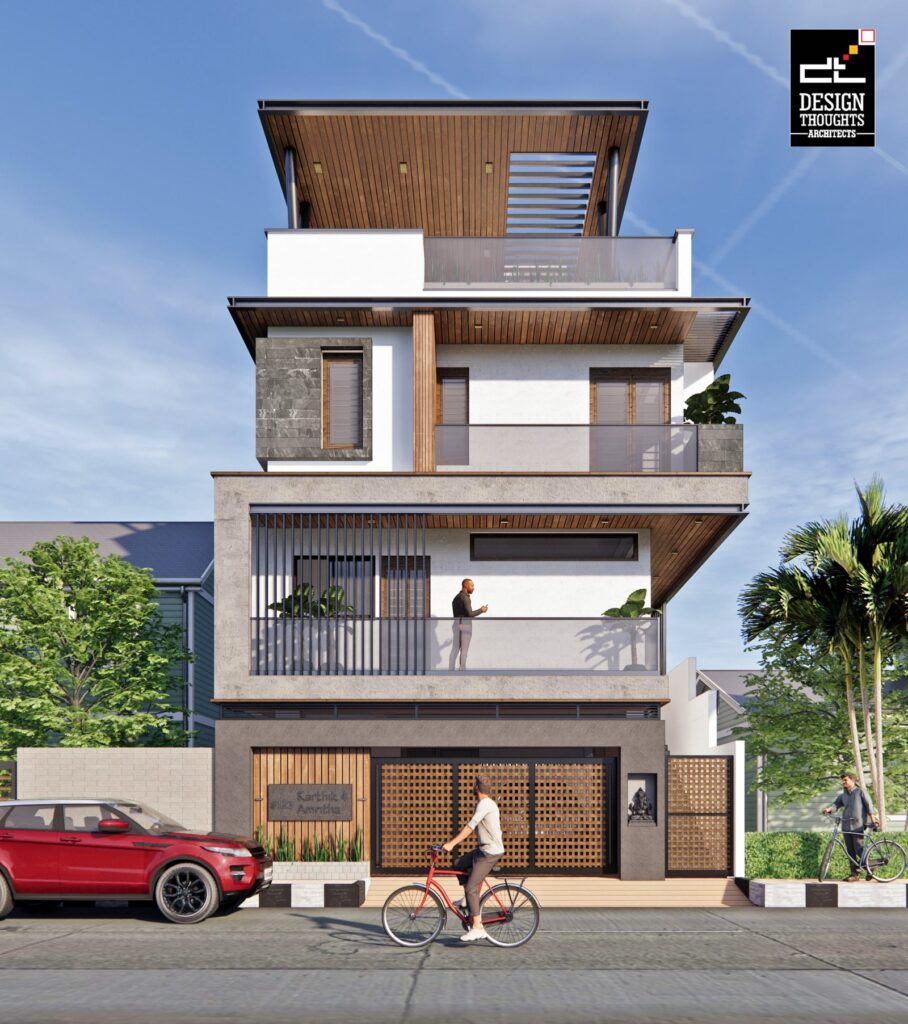
Choose hardware that complements your cabinets and countertops. Consider the finish, style, and size of the pulls and knobs. A well-chosen backsplash can protect your walls from splashes and spills, while also adding visual interest to your kitchen. Choose a material that is durable, easy to clean, and complements your overall design.
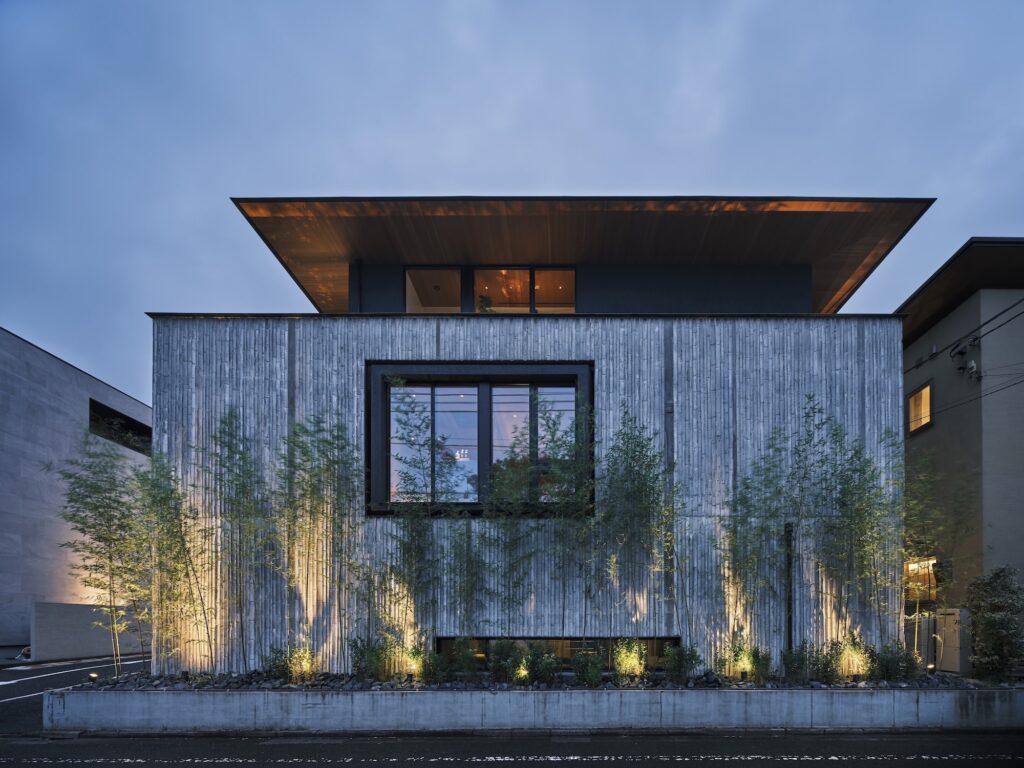
Don’t underestimate the power of accessories. A well-placed vase of flowers, a stack of cookbooks, or a decorative tray can add warmth and personality to your kitchen. These small details can make your kitchen feel more inviting and comfortable.
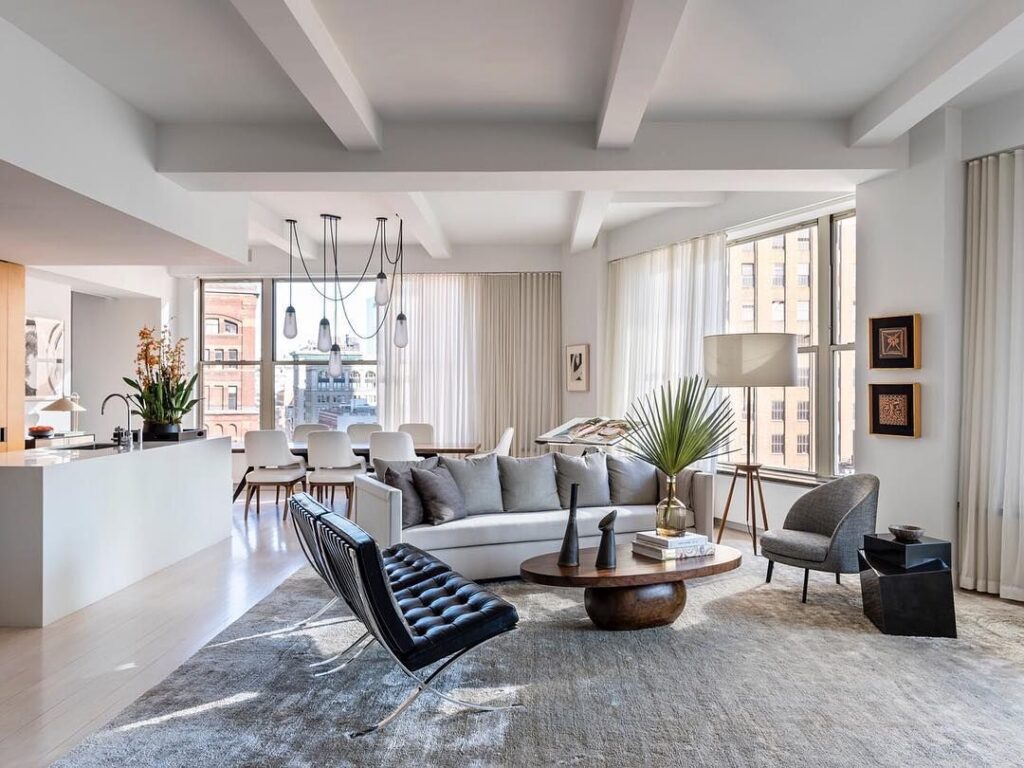
Maintaining Your Kitchen: Keeping it Beautiful for Years to Come
Once your kitchen renovation is complete, it’s important to maintain it properly to keep it looking beautiful for years to come. Clean your countertops and cabinets regularly, and avoid using harsh chemicals that can damage the finish. Repair any leaks or spills immediately to prevent water damage. By taking care of your kitchen, you can ensure that it remains a functional and beautiful space for many years to come.
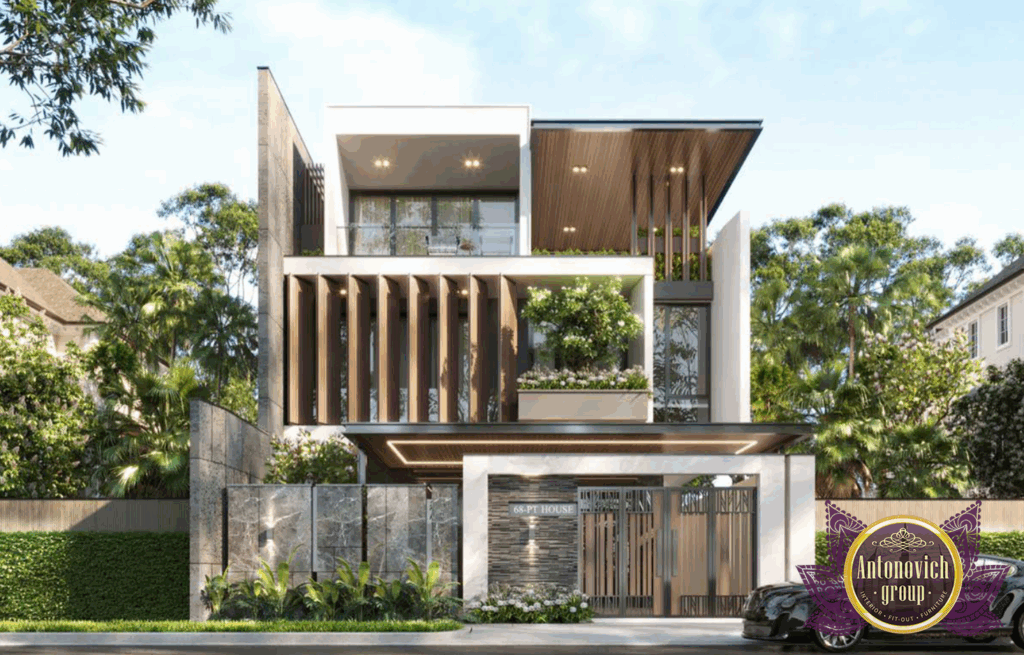
In conclusion, designing a house kitchen is a multifaceted process that requires careful planning, attention to detail, and a deep understanding of your needs and lifestyle. By following the tips and guidelines outlined in this guide, you can create a culinary haven that is both functional and beautiful, a space where you can cook, gather, and create lasting memories.
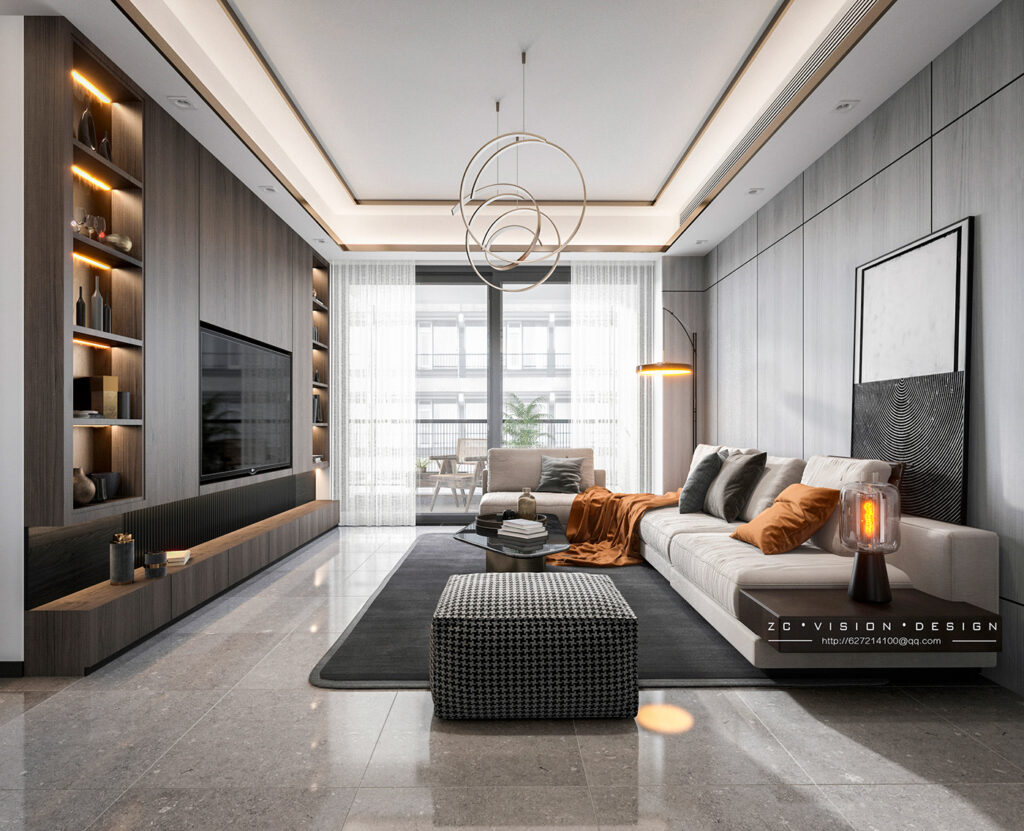
 Nimila
Nimila
